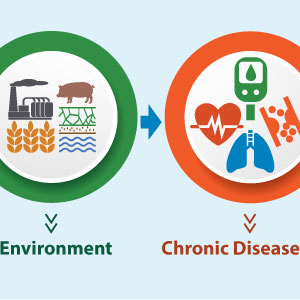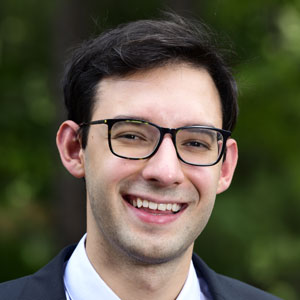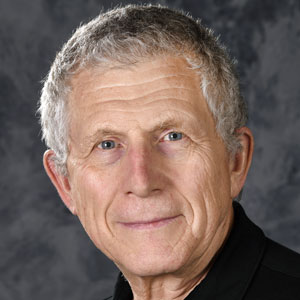Research into how toxicants may cause DNA damage that accelerates aging, methods to identify early signs of cancer, new scientific tools to better understand gene-environment interactions, and the health effects of exposure to light were just a few of the topics tackled during the 54th annual meeting of the Environmental Mutagenesis and Genomics Society (EMGS). Held Sept. 9-13 in Chicago, the conference was titled “EMGS in the Windy City: Billowing the Sails of DNA Science.” The meeting was supported in part by NIEHS and featured numerous talks and poster presentations by institute scientists and grant recipients.
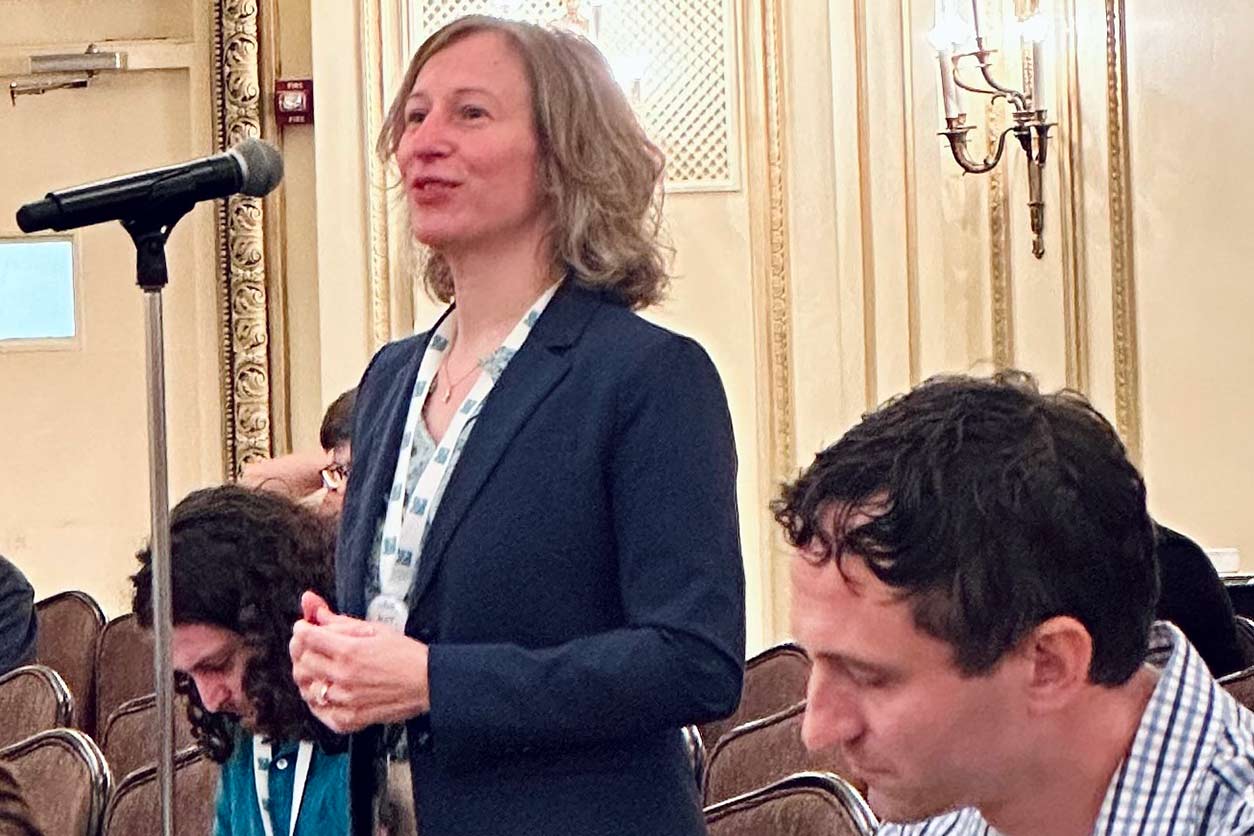
“The conference provided a great opportunity for participants to learn about cutting-edge research into the complex interplay between our environment and genetic landscape,” said NIEHS Director Rick Woychik, Ph.D. “I was impressed by the quality of the presentations and the rigor of the science. NIEHS was proud to sponsor this event.”
Enhancing genetic toxicity testing
Stephanie Smith-Roe, Ph.D., from the Systems Toxicology Branch of the NIEHS Division of Translational Toxicology, became president of EMGS at the annual meeting. Her symposium presentation was titled “Adopting Duplex Sequencing Technology for Genetic Toxicity Testing: In Vitro and In Vivo Proof-of-Concept Mutagenesis Experiments with N-Ethyl-N-Nitrosourea.” Smith-Roe noted that duplex sequencing is a tool that can reveal genetic mutations caused by environmental exposures with great accuracy and precision, which will help to boost knowledge about human cancer risk.
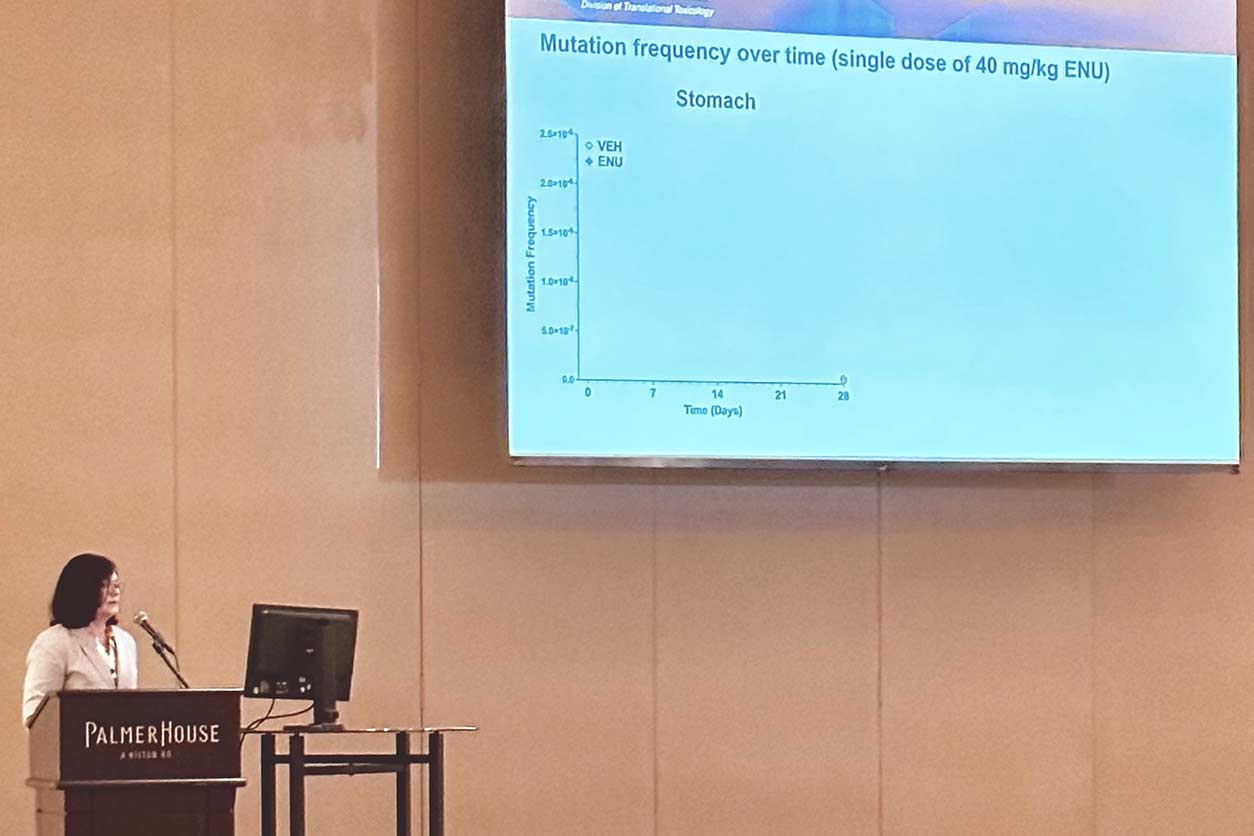
“Duplex sequencing can be used to advance the battery of testing assays in genetic toxicology by modernizing our ability to assess how a variety of chemical exposures may cause mutations,” she told attendees. “In addition, compared with other related testing approaches, duplex sequencing has the advantage of making in vitro [cell-based] and in vivo [rodent-based] genetic toxicity studies more relevant to humans.”
Keynote sheds light on light
“The Relationship Between Light and Cancer: The Good, the Bad, and the Ugly,” a presentation by Mariana Figueiro, Ph.D., director of the Mount Sinai Light and Health Research Center in New York, was one of the conference’s four keynote talks. She noted that long-term disruption of the sleep-wake cycle due to exposure to light at night is associated with breast cancer risk, diabetes, obesity, and cardiovascular disease. (Figueiro also highlighted her previous collaboration with NIEHS scientists to better understand the health effects of light at night.)
“But while we talk a lot about light at night and especially its effects on shift workers, an important question is whether we are getting enough light during the day,” said Figueiro. “We have found that more light during the day can improve sleep and mood, suggesting the importance of daytime light exposure.” Figueiro added that her group has discovered benefits of light interventions in certain clinical settings, such as patients in treatment for myeloma.
She identified several research gaps, including the need to better assess variability in individual responses to light exposures, whether due to genetics, epigenetics, or other factors. Figueiro also pointed out that there are important biological differences between rodent models and humans that can make translation of findings difficult. Going forward, scientists will likely need to develop and adopt new approaches that make research on light exposure more human-relevant.
Other keynote addresses included “Environmental Toxicants Reprogram Prostate Stem Cells Through Chemical-Specific Mechanisms and Increase Prostate Carcinogenic Potential,” by NIEHS grantee Gail Prins, Ph.D., from the University of Illinois at Chicago; “‘Precision Environmental Health’ versus ‘Divide Arbitrarily by Ten’: Can Genetics Be Great Again?” by NIEHS grantee Ivan Rusyn, Ph.D., from Texas A&M University; and “Stem Cell-Based Organoids in Human Disease,” by Hans Clevers, Ph.D., from Utrecht University.
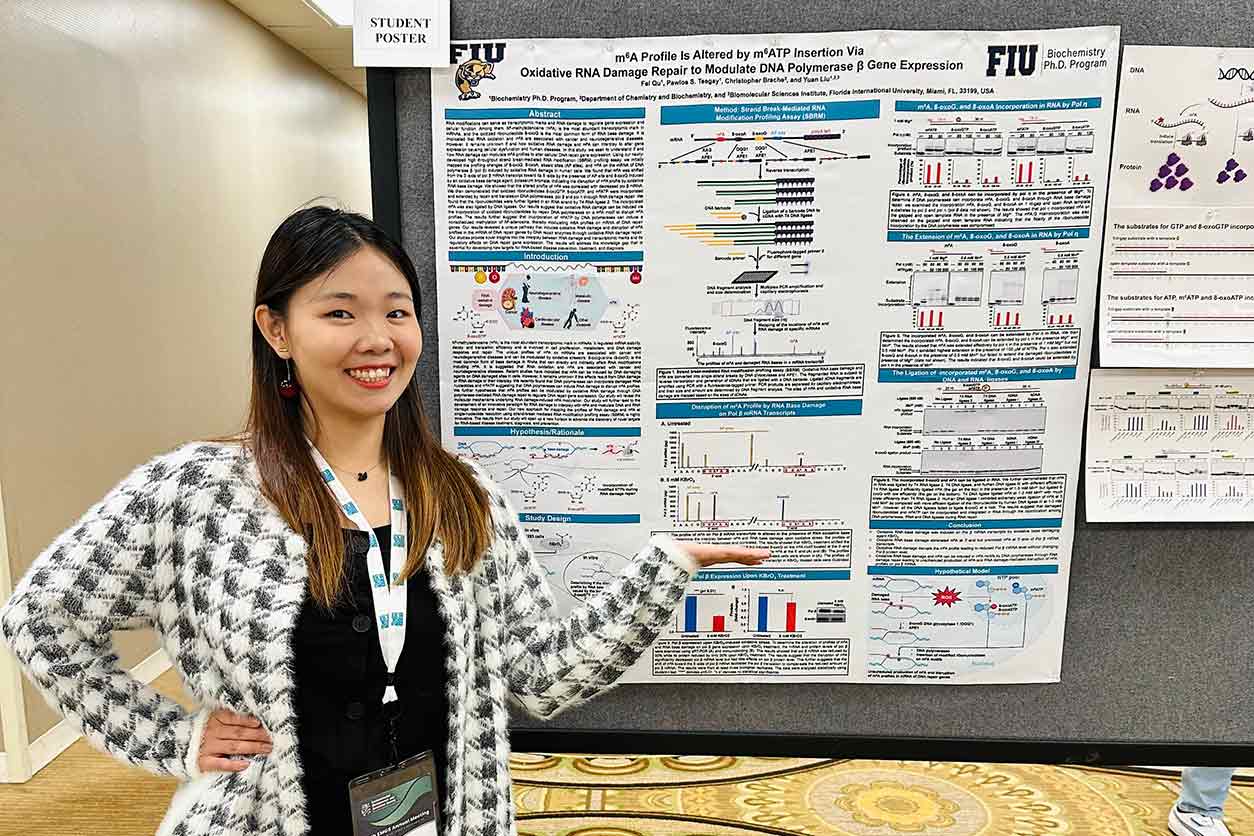
Emerging research, new approaches
Throughout the conference, NIEHS scientists and grant recipients discussed how both environmental agents and endogenous, or internal, chemicals can disrupt normal biology and potentially harm health through DNA damage, disruption of gene expression, and other means.
Paul Doetsch, Ph.D., Deputy Scientific Director of NIEHS and head of the Mutagenesis and DNA Repair Regulation Group, co-chaired a session titled “Mechanisms of Mutagenesis.” The session drew attention to the biological origins of DNA mutations that are associated with cancer and aging. Doetsch delivered a talk titled “Metabolic Landscapes Are Linked to Divergent But Distinct Mutational Signatures and Cytotoxic Consequences of Redox Stress.”
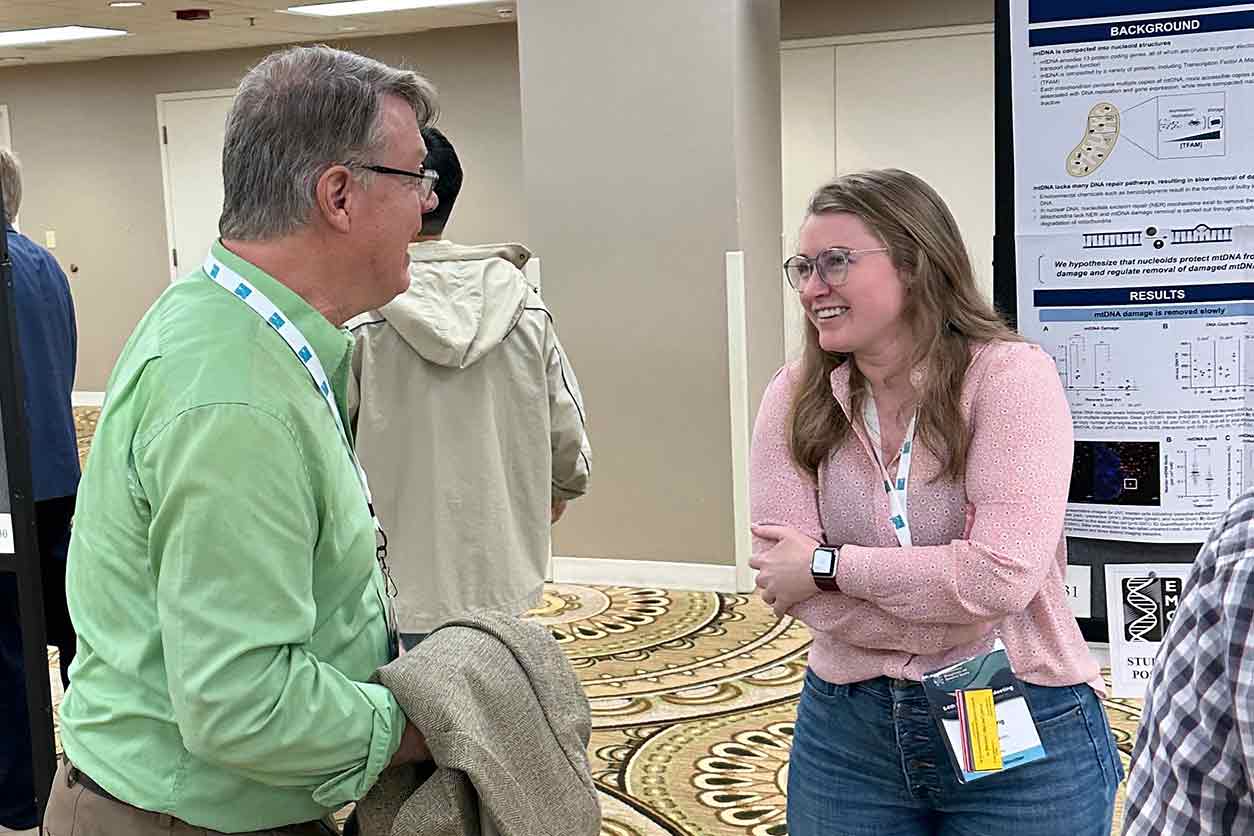
Carmen Williams, Ph.D., Deputy Chief of the NIEHS Reproductive and Developmental Biology Laboratory, presented “Cellular Confusion — A Consequence of Endocrine Disruption During Development.” She described her team’s research showing how neonatal exposure to endocrine disrupting chemicals can negatively affect gene expression patterns and uterine epithelial cell differentiation, thereby opening the door to cancer.
Also, NIEHS Health Scientist Administrator Daniel Shaughnessy, Ph.D., who oversees grants related to DNA repair and mutagenesis, co-chaired a session titled “New Approaches for Assessing DNA Repair Capacity and Genome Integrity in Individuals for Clinical and Population-Based Studies.” Participants noted that emerging tools in the field of DNA repair will help to advance precision medicine, making research findings more relevant in clinical settings.
Check out the slide show below to see some of the other conference presenters. The next EMGS meeting will be Sept. 7-11, 2024, in Palm Springs, California.
(Jesse Saffron, J.D., is Deputy Director of the NIEHS Office of Communications and Public Liaison.)









